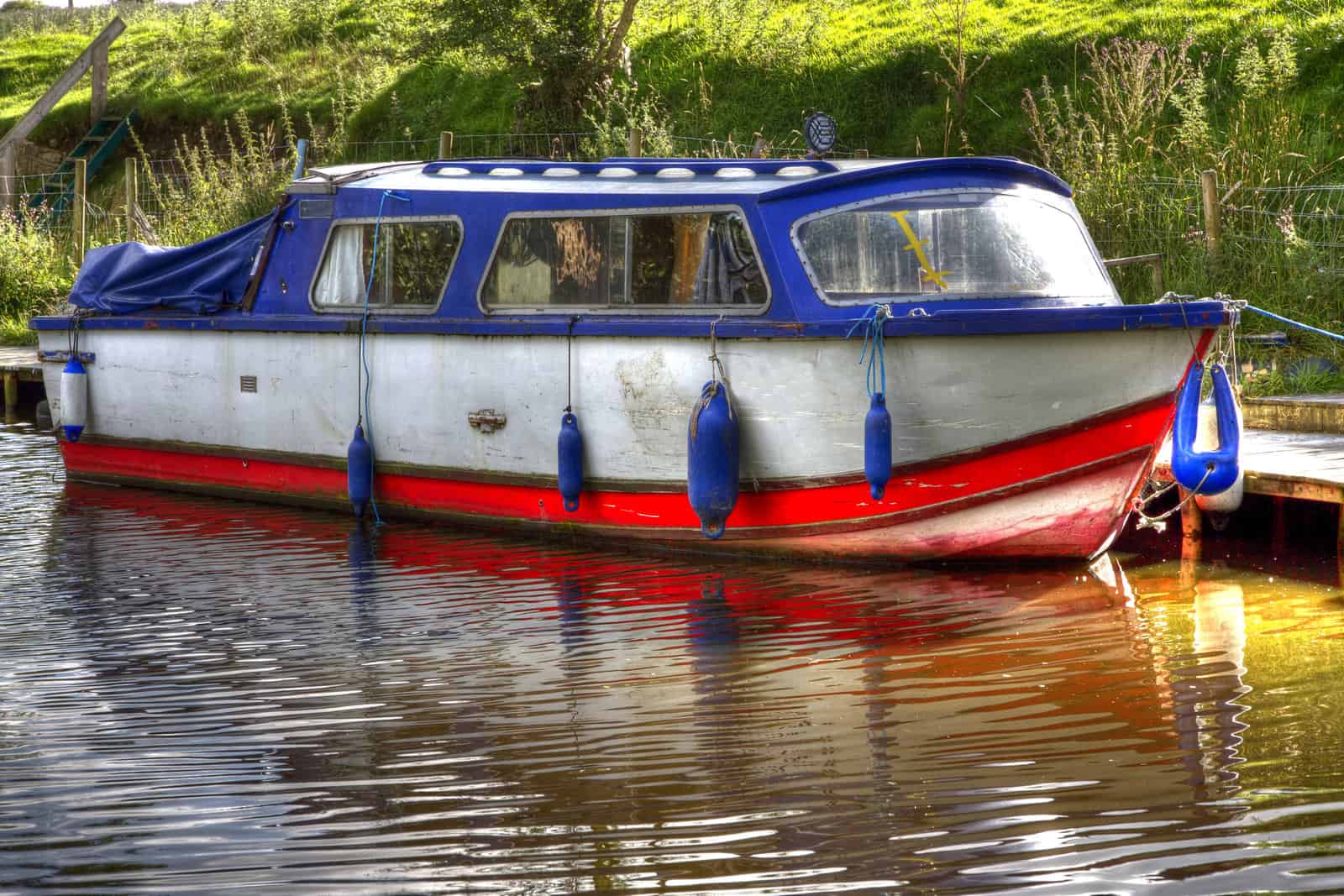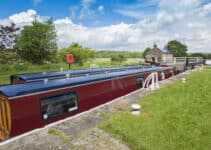Whether you are new to boating or an old hand, there is one thing you need to be sure of…..speed limits. No-one wants to be ‘caught by the fuzz’, no matter whether it is land or water based! As a website based around canal boating, in today’s post I want to delve deeper into the speed limits you will find in the UK… both on its rivers and canals…. if you are an inland boater in the UK read on 🙂
What is the Speed Limit on the UK Canals?
For the UK’s inlands canal network, the speed limit for boats is 4mph (miles per hour). This is measured as speed over the ground, to take into account any slight currents that might be working for or against you 🙂
What is the Speed Limit on the UK Rivers?
The Canal and River Trust stated in a recent article that most UK rivers have a speed limit of 6mph, and if you stick with this, you should be pretty safe. Be sure to research the exact speed limit for the river that you are on, though, as there are some variations. And keep an eye out for the speed limit signs along any river that you are on.
These varying speed limits are very much dependent on the ‘expected flow’ of the river and impact this could have on your speed over the river bed. You could be travelling 4mph down stream but the flow of the river could cause you to go faster, thus the slight increase in allowed miles per hour.
Although we recommend doing your own research, here are some of the speed limits we could find for UK rivers.
River Thames – 5mph
River Medway – 5.75mph
River Severn – 6mph Upstream and 8mph Downstream
River Trent – 6mph Upsteam and 8mph Downstream
River Tees – 5mph
Great Ouse – 15mph (Tidal Section) and 4 & 7mph (non-tidal) look for signs.
Other Speed Tips for Cruising the Canals and Rivers of the UK
Other than the legal speed limits on the UK rivers and canals, there is also etiquette to take into account. This is mostly down to cruising past moored boats and being aware of the wash you are creating. When it comes to moored boats, you should pass them at tick over, meaning your engine is just at idle. This is particularly true when it comes to the much thinner canals where the wash is amplified. On rivers, you would only need to do this when you need to pass close past a moored boat.
Being aware of your wash, whether it is against a river or canal bank or a moored boat, is very important. You should never have a breaking wash (waves from your wash splashing whatever is at the river or canal side). So always pay attention to this and adjust your speed accordingly.
Also consider that your boat will create greater wash in shallow waters. The shape of your boat also changes the way the water is pushed away from it and the end result will be varying amounts of wash. Hard or soft canal or river banks will also change the way that your wash will react and the disturbance it will create. Always watch your wash and adjust speed when you see a breaking wash 🙂



![What Happened to Cruising The Cut [Narrowboat Youtuber]](https://canalboatuk.com/wp-content/uploads/2022/08/cruising-the-cut-youtube-channel-211x150.png)
